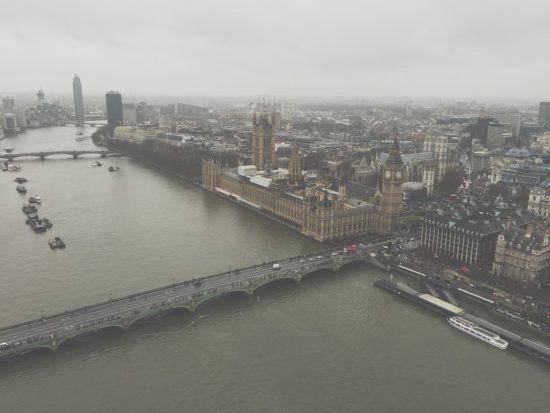Translating antibiotic prescribing into antibiotic resistance in the environment: A hazard characterisation case study
This study explores the reduction in macrolide and fluoroquinolone prescribing needed to alleviate the modelled hazard from antibiotic resistance selection in sewage-impacted rivers. It is unclear if the projected reductions in antibiotic prescriptions of 77 to 85% could be achieved solely through reduced prescribing by the NHS. Moreover, it remains unexplored whether, ethically, it should be met through changes in prescribing. Arguably, environmental targets could be more readily achieved by a holistic, integrated AMR action plan, which constrains and optimises antibiotic prescribing, while also addressing the chronic release of antimicrobials, biocides, metals and resistance genes from STP effluent.
AMR NEWS
Your Biweekly Source for Global AMR Insights!
Stay informed with the essential newsletter that brings together all the latest One Health news on antimicrobial resistance. Delivered straight to your inbox every two weeks, AMR NEWS provides a curated selection of international insights, key publications, and the latest updates in the fight against AMR.
Don’t miss out on staying ahead in the global AMR movement—subscribe now!






